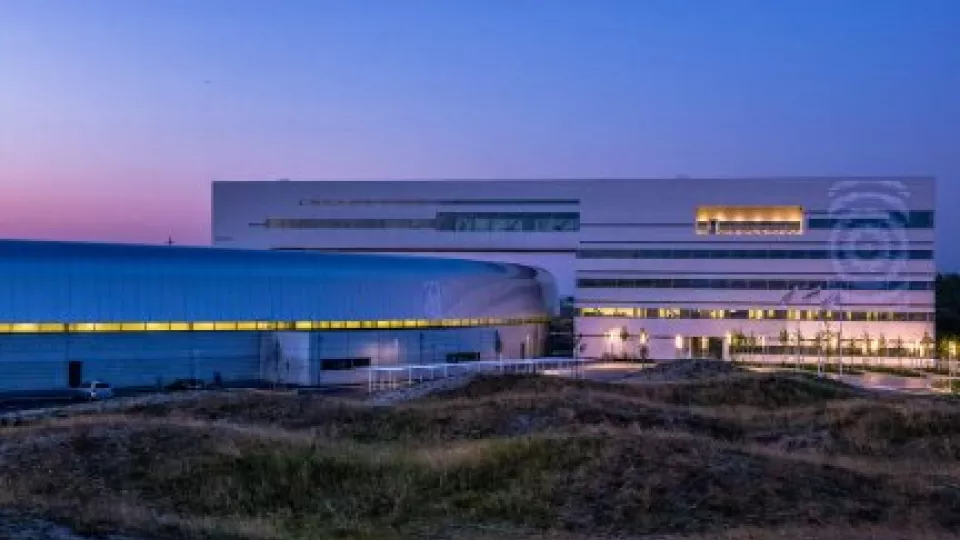“This is of course fantastically exciting and satisfying,” says Pedro Fernandes Tavares, project manager for the storage rings.
MAX IV will be inaugurated on 21 June 2016 - the longest day of the year, an appropriate day to inaugurate the brightest light in the world.
The installation of the large 3 GeV storage ring at MAX IV started a year ago and commissioning has been underway for two weeks.
“Commissioning has gone smoothly, considering there are 140 magnet blocks, with more than 1400 individual magnets, which have to be finely tuned so that the electron beam can be directed around the ring”, explains Pedro Fernandes Tavares.
In the linear accelerator, electrons are accelerated almost to the speed of light. They are then fed into the storage ring where their course is deflected using magnets. In the deflection, the electrons emit synchrotron light, which is an extremely intense light, over a broad wavelength interval. The light is conducted out to the research stations through special beamlines, where the actual experiments take place.
“The most gratifying thing is that we have not needed to steer and correct the direction of the beam during its trip around the 528-metre-long ring. This means that the magnets are very precisely aligned, i.e. not only are they positioned exactly as they should be in the magnet block, but all the blocks are in precisely the right place in the ring tunnel. We are talking here about precision on a scale of tens of micrometres, for components that can be several metres long and weigh up to several tonnes. This is an excellent result for the concept, design and craftsmanship of this completely new engineering solution”, concludes Pedro Fernandes Tavares.
The work is now continuing according to schedule, including the completion and fine tuning of all installations in the 3 GeV ring, installation and commissioning of the small 1.5 GeV ring and of the first beamlines.
Watch and listen to Christoph Quitmann, director of MAX IV, commenting on the electron beam
BRIEF FACTS ABOUT MAX IV
• MAX IV will be the most modern synchrotron light facility in the world and will enable researchers to investigate materials and biological structures. It provides opportunities for new discoveries and new knowledge within many research areas, such as material sciences, medicine and environmental research.
• Today, just over 1 000 researchers per year come from all over Sweden and abroad to conduct experiments at the laboratory. When MAX IV is completed, the facility is expected to be able to accommodate 2500 visiting researchers per year.
• MAX IV will have two storage rings, one large and one smaller. The large ring will have a circumference of 528 metres, i.e. about the size of the Colosseum in Rome. The smaller ring will have a circumference of 96 metres. When completed, the whole MAX IV facility will have room for 28–30 beamlines.
• MAX IV has several funders who contribute to various parts of the facility. The Swedish Research Council, Lund University, Vinnova, Region Skåne, the Knut and Alice Wallenberg Foundation, the Finnish Academy, Estonia, a consortium of Danish universities and regions and Chalmers University of Technology, the University of Gothenburg, Karlstad University, Karolinska Institutet, the Royal Institute of Technology, Linköping University, Luleå University of Technology, Stockholm University, the Swedish University of Agricultural Sciences, Umeå University and Uppsala University.
